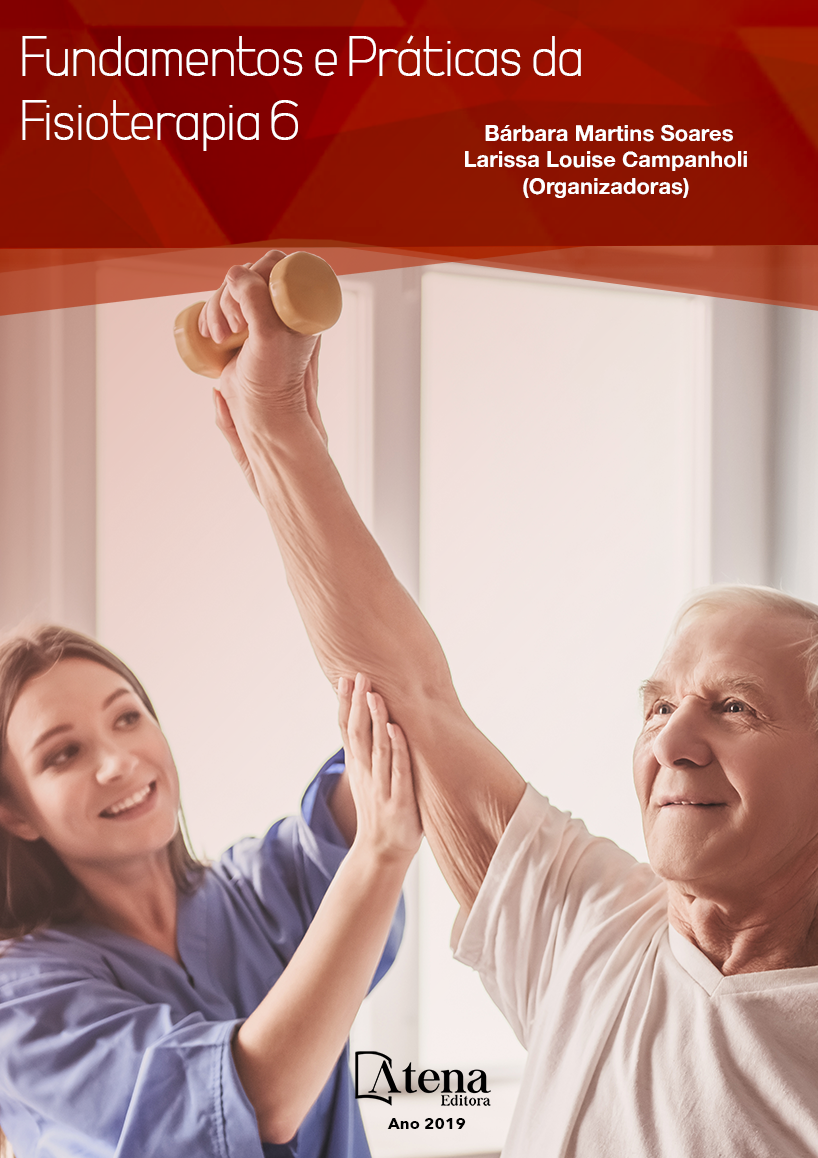
RECURSOS TERAPÊUTICOS PARA O ALÍVIO DA DOR NAS DISFUNÇÕES TEMPOROMANDIBULARES: UMA REVISÃO DE LITERATURA
A disfunção temporomandibular
(DTM) abrange vários sinais e sintomas,
envolvendo os músculos da mastigação,
a articulação temporomandibular (ATM),
estruturas associadas ou ambas. O sintoma mais
frequente é a dor. De forma geral, o tratamento
fisioterapêutico é baseado em exercícios,
massagens, alongamentos, estimulação elétrica
nervosa transcutânea (TENS), ultrassom, laser,
acupuntura, osteopatia, entre outros. Sendo
assim, o objetivo deste estudo foi realizar uma
revisão da literatura a respeito dos recursos
utilizados na fisioterapia no tratamento das
DTMs para o alívio da dor. Foi realizado um
levantamento da literatura nas bases de dados
BIREME e SciELO no período de 2010 a 2016. A
fisioterapia tem muita importância no tratamento
das DTMs, e tem como objetivo avaliar a dor
musculoesquelética, reduzir a inflamação e
restaurar a função motora normal. A laserterapia
auxilia no tratamento sintomático da dor e tem
se mostrado uma alternativa importante e eficaz
no alívio e no restabelecimento da função no
tratamento das DTMs. A acupuntura sistêmica
e auricular são técnicas utilizadas para redução
da dor e seus efeitos são ainda melhores
com a combinação de outras técnicas. As
manobras da osteopatia, a TENS, o ultrassom,
a massoterapia e a mobilização cervical, são
recursos que demonstraram melhora na dor e
eficácia no tratamento da DTM. Existem diversos
recursos utilizados na fisioterapia para aliviar e
reduzir a dor nas DTMs, porém é interessante
ter a associação das técnicas e que o paciente
realize os autocuidados para que o tratamento
seja mais eficaz e duradouro.
RECURSOS TERAPÊUTICOS PARA O ALÍVIO DA DOR NAS DISFUNÇÕES TEMPOROMANDIBULARES: UMA REVISÃO DE LITERATURA
-
DOI: 10.22533/at.ed.53419070321
-
Palavras-chave: temporomandibular; acupuntura; laser; tens; terapia manual.
-
Keywords: temporomandibular; acupuncture; laser; tens; manual therapy
-
Abstract:
Temporomandibular disorders
(TMD) encompasses various signs and
symptoms involving the masticatory muscles,
the temporomandibular joint (TMJ), associated
structures, or both. The most common symptom
is pain. Overall, physiotherapy is based on
exercise, massage, stretching, transcutaneous
electrical nerve stimulation (TENS), ultrasound,
laser, acupuncture, osteopathy, among others.
Thus, the aim of this study was to review
the literature about the resources used in
physiotherapy in the treatment of TMD to relieve
pain. A survey of literature was performed on
BIREME and SciELO databases in the period
2010 to 2016. Physiotherapy is very important in the treatment of TMD, and aims
to evaluate musculoskeletal pain, reduce inflammation and restore normal motor
function. Laser therapy aids in the symptomatic treatment of pain and has been an
important and effective alternative for relief and restoration of function in the treatment
of TMD. Systemic and auricular acupuncture techniques are used to reduce pain and
its effects are even better with the combination of other techniques. The maneuvers of
osteopathy, TENS, ultrasound, massage therapy and cervical mobilization resources
are demonstrated improvement in pain and efficacy in the treatment of TMD. There are
several resources used in physiotherapy to relieve and reduce pain in the TMD, but it is
interesting to have the association of the techniques and that the patient performs the
self-care so that treatment is more effective and lasting.
-
Número de páginas: 15
- Danillo Barbosa
- Josyanne da Silva Soares


